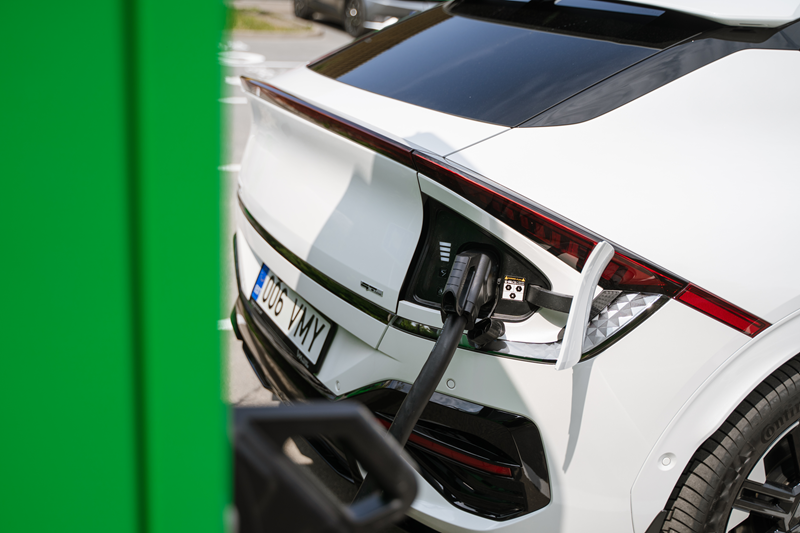Market prices of electricity that skyrocketed during the energy crisis have now started to fall. The price lists of electricity packages have also changed with the market’s slowdown. While the universal service was the cheapest option in the last months of last year, it is today the most expensive one. This creates confusion among consumers and makes them wonder how to be protected against market volatility.
To understand what is happening with the prices, you must first look at how the electricity market works. In the open electricity market (power exchange), the price of electricity is formed as a result of supply and demand. This means that the price can change every hour due to many different factors.
“The energy crisis that started in 2021 was the outcome of several concurrent unfavourable circumstances. The increased demand for electricity reduced the level of hydro reservoirs in the Nordic countries, and there was not enough wind, solar and nuclear energy on the market. Therefore, fossil fuel-powered plants had to be started, where production was more expensive due to the multifold increase in the prices of CO2, gas and coal. The war between Russia and Ukraine that started last year affected what was happening on the market,” explained Armen Kasparov, Head of Energy Products at Eesti Energia.
Energy prices have now stabilized – this is confirmed by reserves filled to a higher than usual level, increased supplies of liquefied natural gas, and low fuel prices. Warmer and windier weather reduces consumption and allows for increased renewable energy production. The drop in electricity market prices allows electricity sellers to offer customers fixed-rate packages at a lower rate than the universal service.
“It makes sense to fix the price of electricity when the price level is low, and now is exactly that time,” Kasparov said. While the average exchange price in January was 11.90 cents/kWh, then in February it was already 13.58 cents/kWh, and the average exchange price in the first days of March was 13.78 cents/kWh. This shows that the market slump won’t last forever.
“With a fixed-rate package, customers will not feel the daily market price fluctuations. For example, on Monday, 27 February, the exchange price was the cheapest at night at 00:00 with 7.68 cents/kWh and the most expensive in the evening at 20:00 with 23.21 cents/kWh. If you use an exchange-rate package, you should postpone your domestic activities that require the most electricity, such as laundry or cooking, to night-time hours to optimize costs, which is definitely not convenient,” he stated.
In the case of a fixed-rate package, the price is agreed for the entire contract period and does not change. Eesti Energia has a six-month fixed-rate package for those who do not want to commit to a long-term fixed price, but still want price certainty under more favourable conditions than the universal service.
According to Kasparov, the package called “Fixed 6” combines all the good features of fixed-rate packages – good price, stability, possibility to plan costs in advance. The six-month fixed-rate package is suitable for those consumers who want a short-term contract or are still figuring out which electricity package fits their values and consumption habits. The rate in the package is 16.39 cents/kWh, and it is possible to exit it free of charge even before six months.
“Almost half of customers want to fix their permanent costs for a longer period and have signed long-term green energy contracts for this purpose. Private customers can fix the price of electricity for three or seven years. This provides long-term certainty in terms of price and a reduction in carbon footprint by consuming 100% green energy – mainly solar, wind and hydropower,” Kasparov added.
It is also important that a customer who chooses a long-term green energy contract contributes to the reduction of electricity prices by contributing directly to the development of new wind farms and solar parks. “The more consumers of green energy, the more we can create production facilities generating renewable energy. The more renewable energy we produce ourselves, the cheaper the average electricity price, because cheaper and greener production facilities are the first to enter the electricity market,” Kasparov explained.
You can learn more about all electricity packages offered by Eesti Energia on the company’s website.
If you need help in making a choice, please contact customer service on 777 4040 or at teenindus@energia.ee to determine the most suitable energy solution for you.



